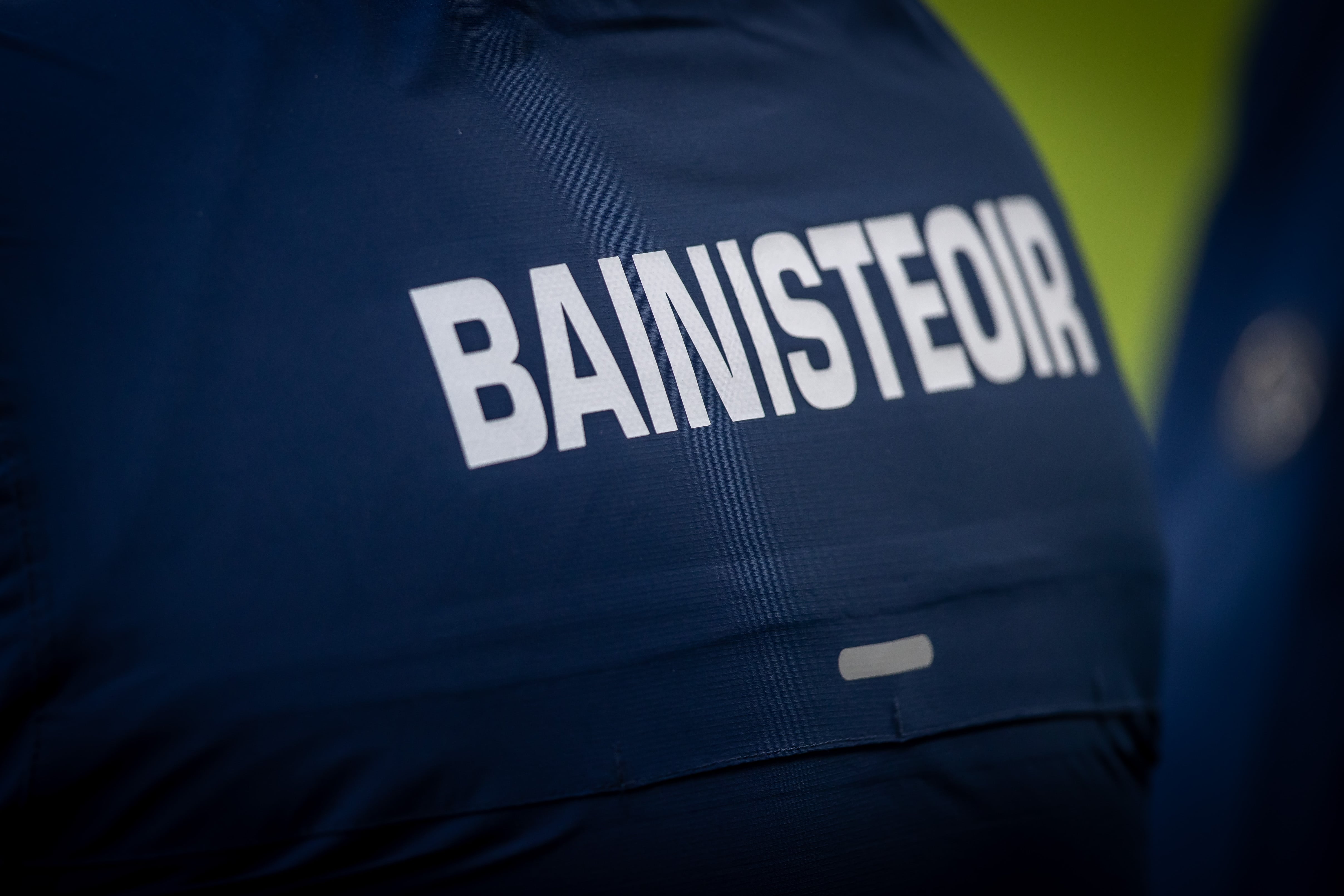A lack of preparation is bedded into the identity of an Irish cricketer. Through no fault of the players, substandard training facilities combined with a lack of a quality domestic competition means they are already disadvantaged when stepping up to internationals.
Yet equally embedded is an ability to outperform that lack of preparation. In white ball, short format cricket, Ireland have strung together a series of famous World Cup wins. The previous two years have also seen their best, most consistent form against so-called bigger nations. The romanticism of the plucky Irish cricket side will always have a place.
Yet if tying one hand behind the squad’s back has become an acceptable norm, the weekend’s defeat to England at Lord’s was more akin to tying both arms and asking them to hold a bat, such was the magnitude of competing with the world’s form Test team. Meanwhile, Ireland, due to Covid-induced financial constraints, had only played three Tests since 2019 and no domestic multi-day games in the same time frame.
The result was entirely predictable. Face was saved on day three thanks to Ireland’s talent with the bat matching the expectation it failed to live up to earlier in the match. Yet of all the occasions where Cricket Ireland failed to adequately prepare their players, this was the most galling example of throwing them to the wolves.
READ MORE
No one questioned the Irish players’ character or desire to be at Lord’s. The squad appreciated the privilege of gracing the venue. They showed on day three they had the ability to one day compete at this level.
However, they fly to Zimbabwe next Friday for a vital World Cup qualifying tournament. This schedule and lack of financial ability to prioritise Test matches led those who run the game on this island to describe Lord’s as not “a pinnacle event”.
On day two, with the bowlers struggling, Irish captain Andrew Balbirnie said he was “looking around the changing room and you’re wondering what we can do here to get wickets.” If the competitive gap was that vast to the point of near hopelessness, what was the point of it all?
For off-field reasons, a fixture at the home of cricket cannot be turned down. Cricket Ireland would risk souring relations with the England and Wales Cricket Board (ECB), rendering future clashes trickier to organise and further increasing the lengthy odds of luring England to Malahide.

Playing at Lord’s in front of nearly 30,000 fans a day, with the Sky Sports cameras rolling, Ireland managed to woo an elusive shirt sponsor for the week. For their last game against Bangladesh, that revenue was missing, but the allure of Lord’s came up trumps. All told, last week was a strong networking event.
For any governing body, let alone one availing of a loan of $5 million from the International Cricket Council (ICC), keeping sponsors and England onside is crucial. The prestige of the venue kept players and fans who are starved of experiencing the famous St John’s Wood ground in all its glory happy as well.
Yet on the pitch, if Lord’s was no pinnacle event, what was the preparation value of a damage limitation exercise so close to the most important tournament of this World Cup cycle?
“I wouldn’t say it’s been preparation,” acknowledged Balbirnie, such is the difference in format, conditions and even time frame of the matches in London and Bulawayo. “It’s going to be very different once we get out there, I think it’s 9am starts, early morning stuff.
“I said at the start of my tenure that qualifying for the World Cup would be my greatest achievement as captain. We’ve got three weeks to try and achieve that.
“The last 12 months we’ve dipped in out of formats, to get a bit of experience in that. It’s quite a hard thing to do, going from T20 to one-dayers to Tests. Now with more Test matches we’ve played it’s tested our switching codes [ability].”
If preparation for this pinnacle event was the true priority, Ireland would have spent last week in Zimbabwe, playing a three-match warm-up series against the hosts or one of the other countries travelling. Instead, they fulfilled a fixture in a format they won’t play again until at least November.
Playing Test matches in Asia in the spring made sense, both to appease the fan base and give players starved of the longest format a chance to experience it. Playing a non-pinnacle event for marketing and networking purposes so close to a real priority looks like having your cake and eating it; Ireland couldn’t play their best side due to resting Josh Little for the real pinnacle, yet the players had to turn up to the largest non-event competitively in recent memory to prop up their board’s embattled finances.
Irish cricket constantly has to balance taking advantage of rare off-field revenue increasing opportunities with putting players into the best position possible to succeed – limited as that already is. On this occasion, the balance tipped too far in one direction.















